PRODUCTS
CONTACT US
Ningbo Nide International Co., Ltd.
一一
· Contact person:Jack Zeng
· Mob/Whatspp/WeChat:0086-13738869026
· Email:emarketing@nide-group.com;marketing4@nide-group.com
· Add:No. 169, Wohushan Road, Daqi Subdistrict, Beilun District, Ningbo, China

Nide team could manufacture ball bearing as per customer’s drawing and samples.
If customer only has samples, we could also design drawing fo r our customer.
We also provide customized service.
Our ball bearing is widely applied the different industrials.
Haishu Nide International is a professional manufacturer engaged in bearing research and sales. The factory covers an area of over 9000 square meters and has over 100 employees. The company has modern production equipment and advanced testing instruments. We produce deep groove ball bearings, spherical roller bearings, fan,magnet,motor cover and lamination,insulation paper,commutator,shaft,thermal protector, etc. The bearing accuracy is P0, P6, P5, P4 levels, widely used in electric automotive motor,air condition motor,fan motor,washing machine motor,BLDC motor,single and three phase induction motor,electric bicycle motor,servo motor. Passed ISO9001:2015 and CE status.
We adopt first-class production equipment and a comprehensive testing system, and hire excellent technical personnel for operation and management. Our bearings are now very popular in the United States, Canada, Türkiye, Russia, Argentina Saint Helena,Burundi,Monaco and other countries and regions.Nide wishes is to provide world wide customers with one-stop service for the motor manufacturing.
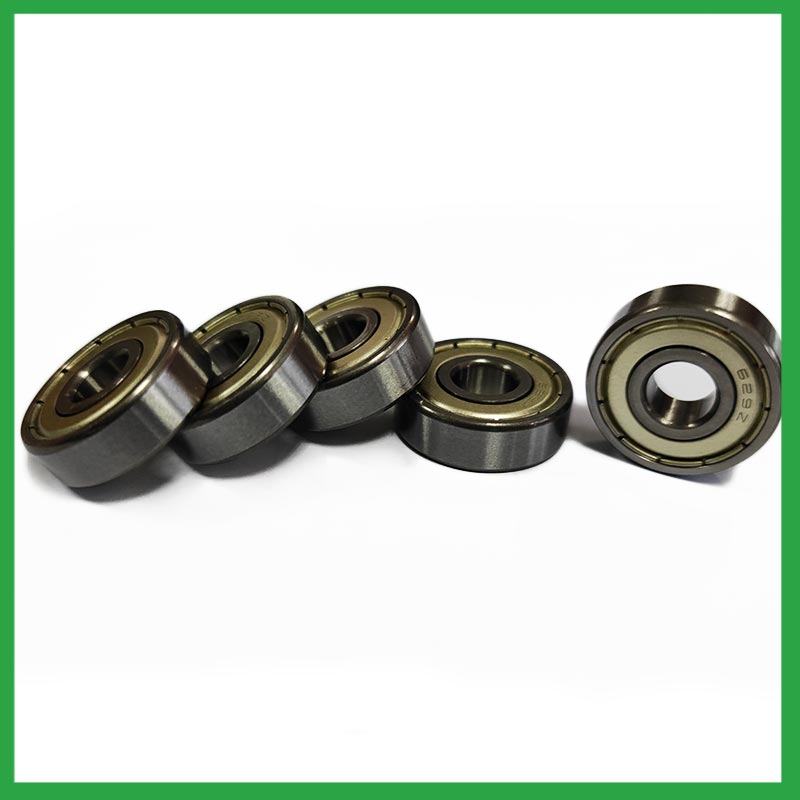
| Parameter | Information |
|---|---|
| Product Name | 68 ball bearing |
| Brand Name | NIDE |
| Place of Origin | Ningbo,China |
| Material | chrome steel, etc. |
| Structure | Deep Groove |
| Color | Customized Color |
| Delivery Time | 5-7days |
| Port | Ningbo/Shanghai |
| Export region | Oceania,Africa,Asia |
| Export Country | India,Brazil,South Korea,Guatemala,Senegal,Jamaica,Georgia,Latvia...etc |
| Application | high-speed electric tools, etc. |
| OEM/ODM | Acceptatble |
| Size | Customized size |
| Stock | In Stock |
| Feature | Good wear resistance,Strong carrying capacity...etc |
| MOQ | 10 pieeces(Specific according to the model) |
| Certification | ISO9001,CE-stator coil forming machine,CE-insulation paper inserting machine,etc |
| Supply Ability | 100000-500000 Piece/Pieces per Month |
| Lubricate | Oil Grease |
| Packaging Details | Suitable for sea transportation |
| Lead time (days) | 15-20 (To be negotiated) |
Please note: The above table data is for reference only. For specific information, please contact us.
68 ball bearing is a component with a ball as the rolling element, consisting of an inner ring, an outer ring, and a ball. They form a closed raceway between the rings, and the ball rolls through a curved surface in the raceway.
During the installation process, pollution from dirt and wear media should be prevented;
Temperature and humidity should be controlled to avoid excessive temperatures during startup and operation;
It should be operated and lubricated in the correct reverse direction to avoid unnecessary damage.
Ball bearings have many advantages, making them highly competitive in the market.
Firstly, they are very durable and have good wear performance, making their service life longer than many other types of bearings.
Secondly, they are easy to install and can provide low friction performance in various applications.
Thirdly, they require a relatively low level of maintenance, making them cost-effective.
In addition, compared to many other types of bearings, their purchase cost is relatively low, making them an economical choice.




68 ball bearing---FAQs Guide
2.Are there hybrid 68 ball bearing that combine steel rings with ceramic balls to optimize performance in demanding applications?
3.How do preloaded 68 ball bearing enhance rigidity and reduce clearance in high-precision applications?
4.How do 68 ball bearing contribute to the overall efficiency and energy savings in industrial machinery and transportation systems?
5.Can 68 ball bearing operate in high-speed applications, and what design features make them suitable for such conditions?
6.Can 68 ball bearing operate in high-temperature environments like industrial ovens or furnaces, and how are they protected from heat-related damage?
7.As a 68 ball bearing manufacturer,Your product certifications?
8.What is the production capacity of the factory for 68 ball bearing?
9.Can 68 ball bearing be used in both vertical and horizontal orientations?
10.Are there 68 ball bearing designed for use in critical medical equipment?
11.How do cage designs affect 68 ball bearing speed and acceleration capabilities in high-speed machinery?
12.How do manufacturers ensure the quality and reliability of 68 ball bearing through material selection and precision machining?
13.What maintenance practices are recommended to extend the lifespan of 68 ball bearing and prevent premature failure?
14.What are the considerations for selecting sealed or shielded 68 ball bearing to protect against contamination and retain lubrication?
15.What is a ball bearing?
1.What anti-corrosion coatings or treatments are available for 68 ball bearing used in marine or outdoor applications?
Corrosion Resistant Coatings.Whether 68 ball bearing are manufactured from stainless steel or from chrome, anti-corrosion coatings can be applied. Compared to the natural state of the base metal, these coatings make surfaces less chemically reactive. In their selection of treatments or coatings, some industries choose to consult with the manufacturer of the bearings they use. This is because surface engineering is a highly specialized undertaking. These coatings used for their anti-corrosion properties to protect bearings in harsh environments include the following:Passivation (of stainless steel),Carbide and titanium nitride,Galvanized zinc,Nickel plating,Cadmium plating,TDC (thin dense chrome).
2.Are there hybrid 68 ball bearing that combine steel rings with ceramic balls to optimize performance in demanding applications?
Hybrid Ceramic 68 ball bearing. Ceramic ball bearings (also known as hybrid bearings) are the one component that'll easily optimize the performance of your application. Hybrid bearings have ceramic (silicon nitride, Si3N4) balls and 52100 bearing steel rings.
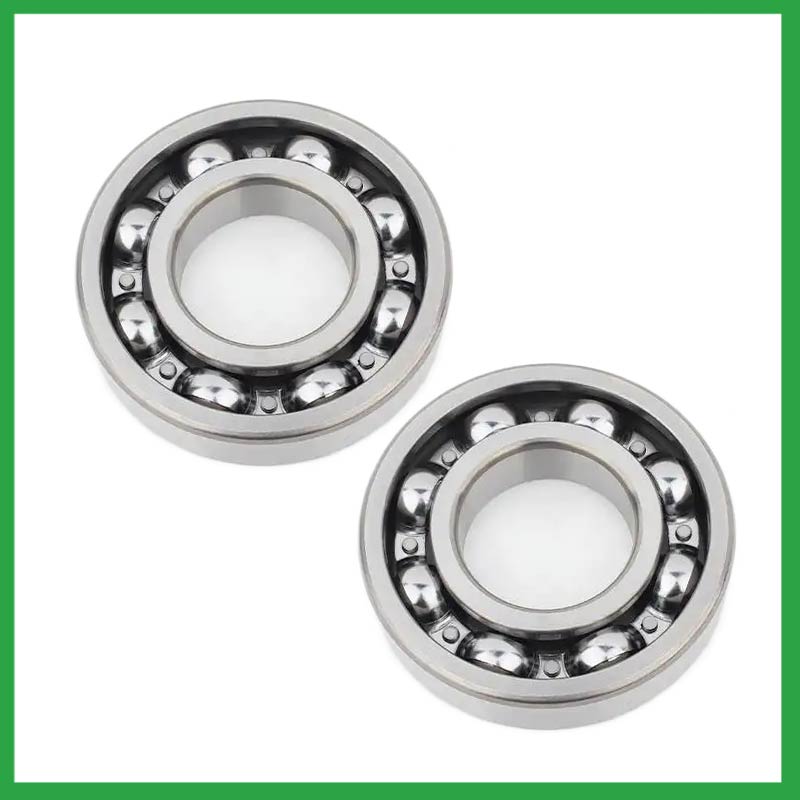
3.How do preloaded 68 ball bearing enhance rigidity and reduce clearance in high-precision applications?
Enhance Rigidity: By applying a controlled axial force, preload increases the bearing's resistance to external forces and moments. This heightened rigidity is essential in applications where any deflection or misalignment must be minimized, such as in machine tools or robotic systems.
4.How do 68 ball bearing contribute to the overall efficiency and energy savings in industrial machinery and transportation systems?
The balls roll along the raceway, allowing for smooth rotation of the machinery or equipment. Ball bearings are used to support rotating, reduce friction and support radial and axial loads in high-load, high-speed applications where reliability and efficiency are critical.
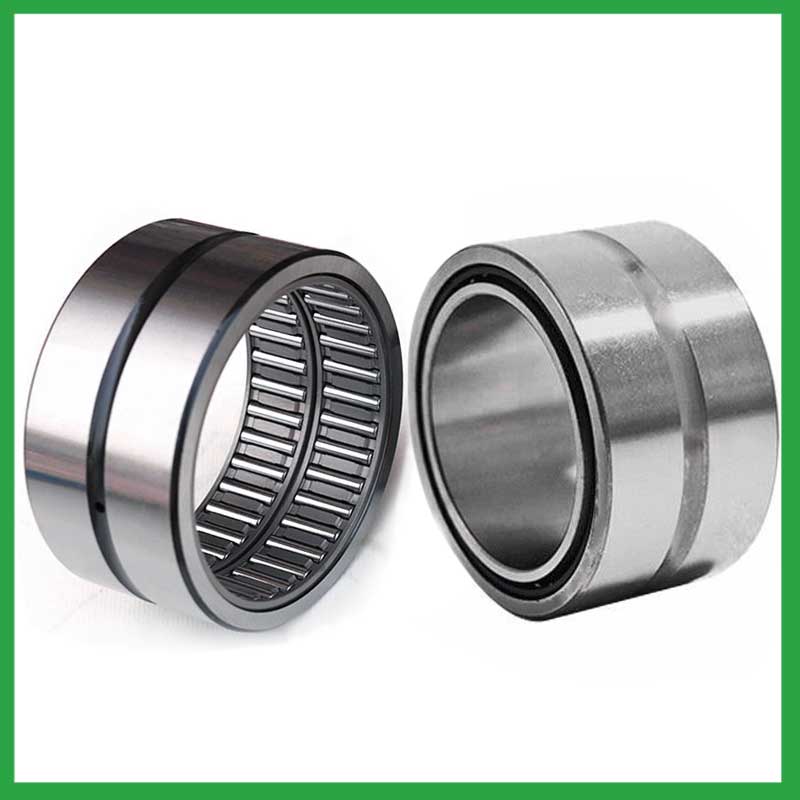
5.Can 68 ball bearing operate in high-speed applications, and what design features make them suitable for such conditions?
They have very low rolling friction and are optimized for low noise and low vibration. This makes them ideal for high-speed applications. 68 ball bearing are comparatively easy to install and require minimal maintenance.
6.Can 68 ball bearing operate in high-temperature environments like industrial ovens or furnaces, and how are they protected from heat-related damage?
68 ball bearing are capable of working at temperatures up to +842°F (+450 °C). Special lubricants, seals and coatings make this possible by protecting the ball bearings from heat damage.
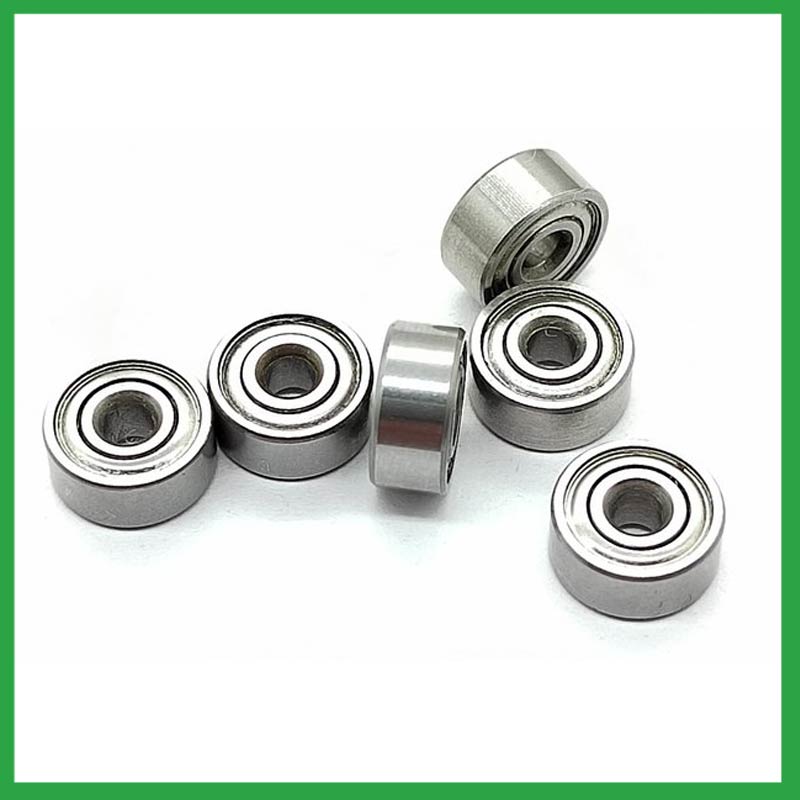
7.As a 68 ball bearing manufacturer,Your product certifications?
ISO9001:2015 certificate,ISO 9001 Certification,CE-stator,etc.
8.What is the production capacity of the factory for 68 ball bearing?
The production capacity of Ningbo Haishu Nide International is:50000000pcs/month
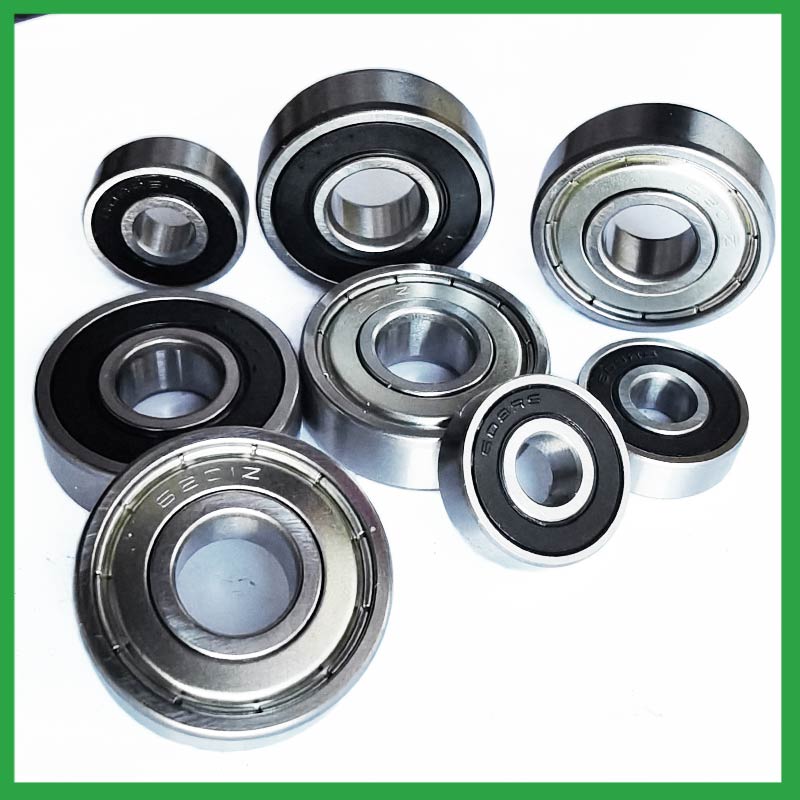
9.Can 68 ball bearing be used in both vertical and horizontal orientations?
Sleeve Bearings: Sleeve bearings, also known as plain bearings, employ a simple yet effective mechanism. A cylindrical sleeve separates the rotating shaft from the stationary portion of the bearing, reducing friction and enabling smooth rotation. Sleeve bearings are characterized by their quiet operation, cost-effectiveness, and suitability for horizontal mounting orientations.
Ball Bearings: Ball bearings introduce small metal balls between the moving parts, providing enhanced durability and reduced friction. This design allows for smoother and more efficient rotation, making ball bearings well-suited for high-performance applications and vertical installations.
10.Are there 68 ball bearing designed for use in critical medical equipment?
Precision 68 ball bearing are among critical components in medical devices that are vital to ensuring patient safety. Correct choice of suitable ball and ring materials and the right product design can ensure high-precision bearings — and medical devices — have a long service life.
Precision bearings are used in a wide variety of medical devices including surgical power tools, ventilators and heart pumps — and patient safety depends on them all. Whatever the device, there is an onus on medical device original equipment manufacturers (OEMs) to ensure that the right type of bearings are chosen, and fit precisely into the application.
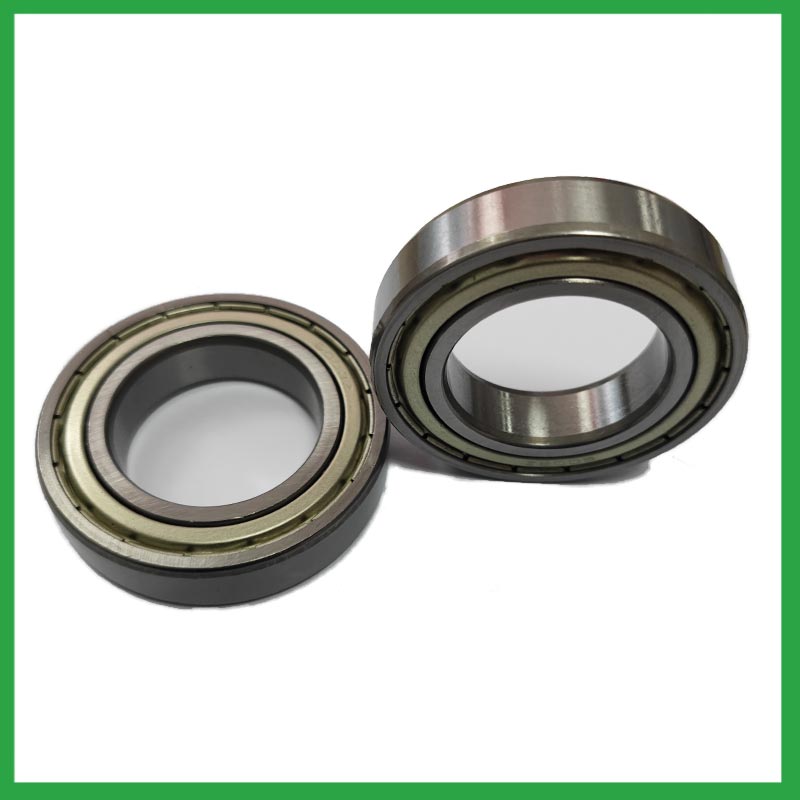
11.How do cage designs affect 68 ball bearing speed and acceleration capabilities in high-speed machinery?
In high-speed 68 ball bearing, external load has a great effect on cage stability and sliding ratio, especially for the bearings at work in the starting process. The cage stability is worse in the beginning of the bearing starting process. The axial load greatly influences cage dynamic performance in the bearing starting process.
In addition, while ball bearings worked under steady conditions, axial load and radial load both have a great influence on cage dynamic performance. The effects of axial load on cage dynamic performance during the bearing starting process are opposite from the effects under steady conditions.
12.How do manufacturers ensure the quality and reliability of 68 ball bearing through material selection and precision machining?
High-precision measuring instruments, such as micrometers and gauges, are used to check the dimensions of the rings and balls to ensure they meet tight tolerances. Surface Finish Inspection: Surface finish is assessed using profilometers to ensure the required smoothness and low friction characteristics.
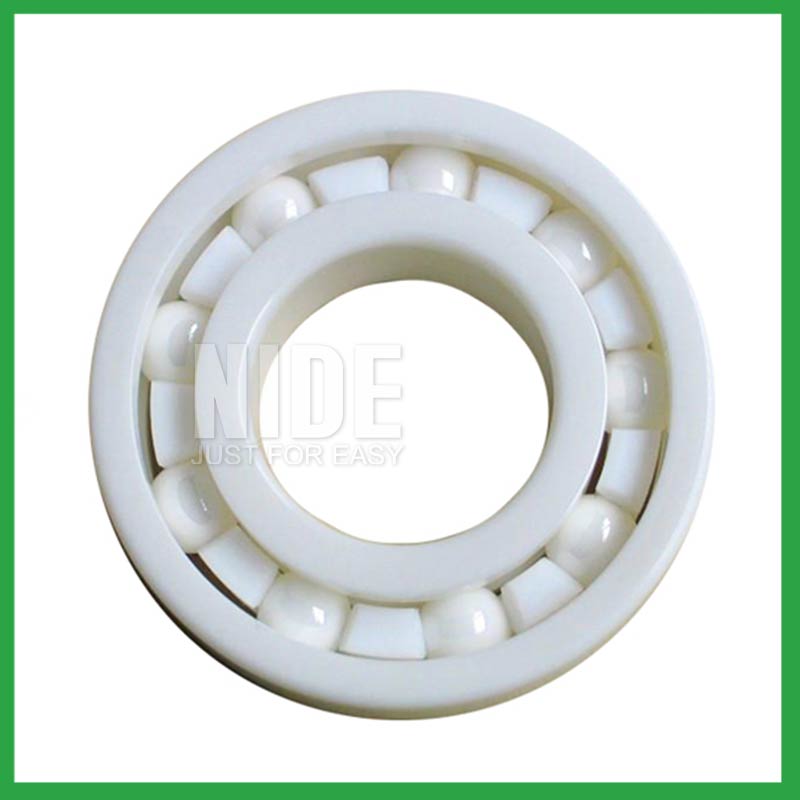
13.What maintenance practices are recommended to extend the lifespan of 68 ball bearing and prevent premature failure?
Proper handling and installation of 68 ball bearing is essential to preventing premature failure. Ensure that bearings are stored and transported in a clean, dry, and vibration-free environment. During installation, ensure that bearings are properly aligned, and torque is applied correctly.
14.What are the considerations for selecting sealed or shielded 68 ball bearing to protect against contamination and retain lubrication?
First, the environment in which your 68 ball bearing operate in can help you identify potential contaminants, allowing you to select your shields or seals accordingly. For example, shielded bearings have a gap that can allow finer contaminants or water from washdown applications to enter the bearing and get into the raceways.The challenge for sealing bearings is to seal the bearing by protecting the bearing from contaminants and running efficiencies.
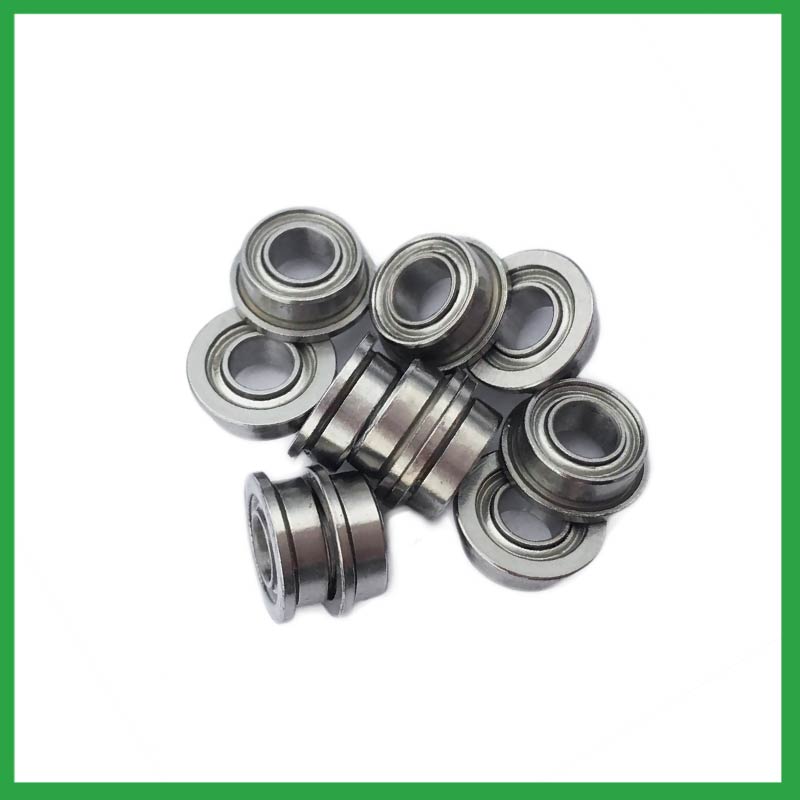
15.What is a ball bearing?
A ball bearing is a type of rolling-element bearing that uses balls to maintain the separation between the bearing races.
The purpose of a ball bearing is to reduce rotational friction and support radial and axial loads. It achieves this by using at least two races to contain the balls and transmit the loads through the balls. In most applications, one race is stationary and the other is attached to the rotating assembly (e.g., a hub or shaft). As one of the bearing races rotates it causes the balls to rotate as well. Because the balls are rolling they have a much lower coefficient of friction than if two flat surfaces were sliding against each other.
Ball bearings tend to have lower load capacity for their size than other kinds of rolling-element bearings due to the smaller contact area between the balls and races. However, they can tolerate some misalignment of the inner and outer races.

